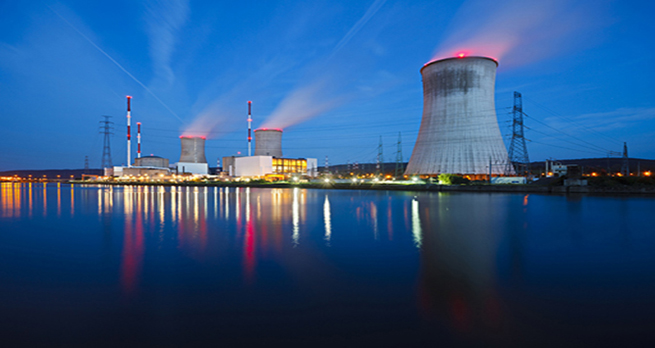1.1.3 Structure of atoms
Test what you’ve learned about atoms so far in this short quiz.
Activity 1
a.
This particle has no charge and exists in the nucleus
b.
This particle has a positive charge and exists in the nucleus
c.
This particle is in orbit around the nucleus
d.
This particle has a negative charge
The correct answer is b.
b.
Yes! The proton is positively charged. The nucleus is made up of positively charged protons and neutral neutrons.
a.
6 electrons, 6 protons, 6 neutrons
b.
6 electrons, 7 protons, 6 neutrons
c.
6 electrons, 6 protons, 7 neutrons
d.
7 electrons, 7 protons, 6 neutrons
The correct answer is c.
c.
Well done! The number of protons and neutrons add up to 13 to make carbon-13.
Take a look at Isotopes.
a.
They are different isotopes of beryllium
b.
They have different numbers of protons
c.
They have the same number of neutrons
d.
They have different atomic numbers
The correct answer is a.
a.
Yes, the different numbers indicate they are different isotopes of beryllium.
Take a look at Isotopes.
